737-215-3211

Harnessing Good Habits: 4 Types Of Dog Behavior Modification Tools
Dogs are naturally curious creatures. They tend to bite or chew things and sniff everything. However, not all dogs are cheerful, happy, and calm. There are other animals with aggressive behavior or unwanted behavioral issues. This is where dog training methods and tools are beneficial for you.
Whether your puppy needs to learn new behaviors or has to unlearn unwanted behaviors, the right dog behavior modification tools and techniques can help. Here's everything you need to know about harnessing good habits, behaviors, and routines using tools.
Factors Influencing Dog Behavior
Several factors influence dog behavior, each contributing in different ways to how a dog behaves in various situations. Here's a list of these key factors:
-
Genetics: A dog's breed can play a significant role in its behavior. Different breeds have different temperaments and instinctual behaviors, such as herding, guarding, or retrieving.
-
Early Socialization: Experiences during the first few months of a dog's life can greatly influence their behavior. Positive exposure to different people, animals, environments, and situations during this period can lead to a well-adjusted adult dog.
-
Training and Operant Conditioning: The type and quality of training a dog receives can shape its learned behavior. Positive reinforcement methods tend to yield more favorable results than punitive methods.
-
Human Interaction: The quality and quantity of interaction a dog has with its human family members and other people influence its behavior. Dogs require attention, interaction, and consistent communication from their owners.
-
Health and Physical Well-being: Pain, discomfort, or illnesses can lead to changes in behavior, including increased aggression or anxiety.
-
Mental Stimulation: Lack of mental engagement can lead to boredom and resultant behaviors like destructive chewing or excessive barking.
-
Past Experiences: A dog’s past experiences, especially if traumatic, can significantly influence their current behavior. Rescue dogs, for instance, may exhibit certain behavior issues due to their earlier life experiences.
4 Types of Dog Behavior Modification Tools
Each type of behavior modification tool serves a unique purpose in managing and improving dog unwanted behaviors. Here are the 4 types of dog behavior modification tools to overcome problem behaviors and help your pets learn your desired behaviors and basic cues.
Dog Collars and Leashes
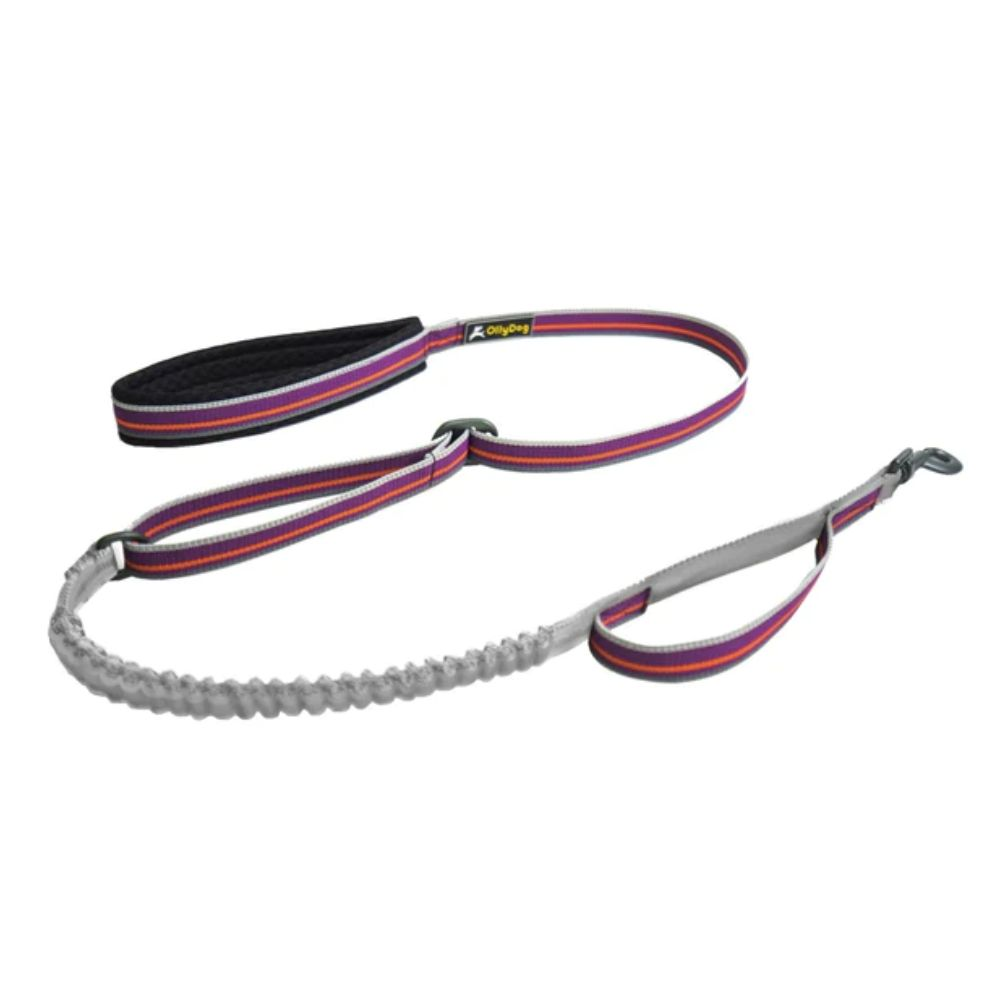
Dog collars and leashes are fundamental tools in dog training methods and behavior management. They are used to control, guide, and train dogs during walks and other activities. Dog leashes come in different lengths and materials, tailored to dog training needs and walking environments.
When choosing dog collars and leashes, it's important to choose the one comfortable for the dog. It should provide the right level of control without causing harm or discomfort.
Harnesses
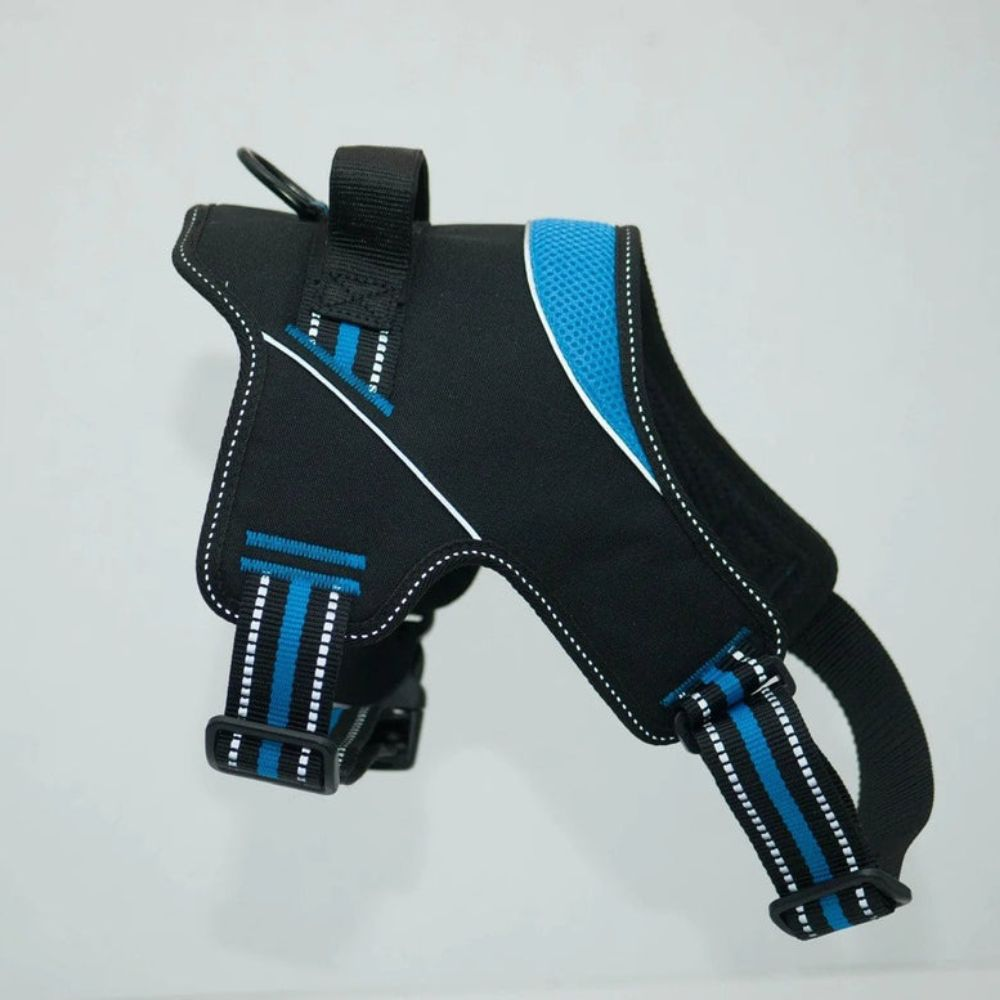
Dog harnesses are designed to distribute pressure more evenly around a dog's body, making them ideal for dogs prone to neck strain or injury from pulling on a collar. Harnesses are often preferred for brachycephalic breeds (short-nosed), small dogs, and dogs with tracheal issues. However, the right fit is crucial for using a dog harness to improve a dog's behavior and prevent escape.
Clickers and Treats

Clickers and dog treats are used in positive reinforcement training. The clicker creates a distinct sound that marks desirable behavior, followed by a treat as a reward. This method builds a positive association with good behavior. It's effective for teaching new commands and curbing unwanted behaviors.
Consistency is key in clicker training. The timing of the click and treat is crucial for the dog to make the correct association. However, be aware of negative reinforcement. Don't take away what you gave to your dogs. This can lead to behavioral problems.
Related: Is Clicker Training Right for Your Dog?
Dog Training Aids and Unwanted Behavior Deterrents

Dog training behavior aids include e-collars, ultrasonic devices, and motion-activated sprays.
These dog training tools should be used cautiously and ideally under professional guidance. Some may cause stress, anxiety, or fear, leading to other behavior problems. The goal is to use these aids as part of a broader training strategy, focusing on addressing the underlying cause of the bad behavior issues.
If you're using these dog training tools, it's best to consult with professional trainers to avoid accidents.
How To Choose The Right Dog Behavior Modification Training Tools
Choosing the right dog behavior modification tools is crucial for effectively addressing your pet's behavior problems while ensuring their safety and well-being. Here are five key factors to consider:
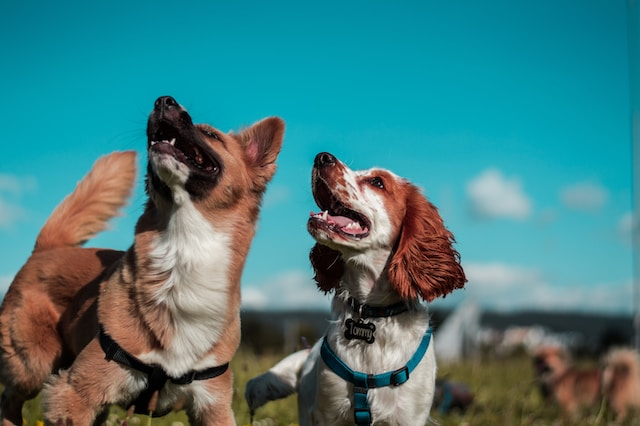
-
Understand Your Dog's Specific Undesirable Behavior Problem: Before selecting dog training tools, clearly identify the problem behavior you want to modify. Is your dog excessively barking, pulling on the leash, showing aggression, or engaging in destructive chewing? Different dog training tools are designed for specific issues, so understanding the root cause of your dog’s unwanted or aggressive behavior is essential.
-
Consider Your Dog's Size, Breed, and Temperament: The effectiveness of behavior modification techniques and tools can vary greatly depending on your dog's physical characteristics and personality. For instance, a tool that works for a small, timid dog might not be suitable for a large, more assertive breed. Understanding your dog’s physical and psychological makeup will help you choose tools that are both comfortable and effective.
-
Safety and Comfort: The safety and comfort of your dog should always be dog owners' priority. Avoid tools that might cause physical harm, fearful response, or psychological distress. For example, choke collars and shock collars can be harmful and are often not necessary. Instead, opt for dog training aids without causing discomfort or fear, such as harnesses or gentle leader collars.
-
Prioritize Positive Reinforcement Tools: Tools that encourage positive reinforcement, such as clickers and dog treats like Omega Fields Dog Treats, are generally recommended over e-collars and other dog training devices. Positive reinforcement tools not only help in correcting undesirable behavior but also strengthen the bond between you and your pet. They promote learning in a stress-free environment and avoid fearful dogs, stress, and anxiety, which is crucial for your dog’s emotional well-being.
-
Consult with Professionals: It’s advisable to seek guidance from a professional dog trainer or a veterinary behaviorist. You can also enroll your beloved dogs in a behavior modification program to get the desired behavior.
Dog Training Tips & Tricks
Correcting unwanted behaviors in dogs requires patience, consistency, and an understanding of canine psychology. Here are some training tips and tricks that can help:
-
Understand the Cause: Try to understand the underlying cause of the unwanted behavior. This is more effective than just treating the symptoms.
-
Consistency is Key: Be consistent with your commands and rules. Changing the rules or being inconsistent can confuse your dog and hinder training progress.
-
Redirect Bad Behavior: Instead of just telling your dog "no," redirect their behavior to something positive. For example, if they are chewing on something they shouldn't offer them an appropriate chew toy like ReThink Pet Bacon Scented Chew Toys.
-
Avoid Physical Punishment: Physical punishment can lead to fear, anxiety, and sometimes aggression in dogs. Use positive methods of training instead.
-
Use Time-Outs: If your dog is overly excited or behaving badly, a short time-out in a quiet space and calm environment can help them calm down.
-
Stay Calm: Dogs can sense your emotions. If you get frustrated or angry, it's likely to make your dog anxious, which can exacerbate behavior problems.
-
Train in Short Sessions: Dogs have short attention spans. Keep training sessions brief but frequent to maintain their focus and interest.
-
Socialization: Expose your dog to different people, animals, environments, and situations. Well-socialized dogs are generally more well-behaved.
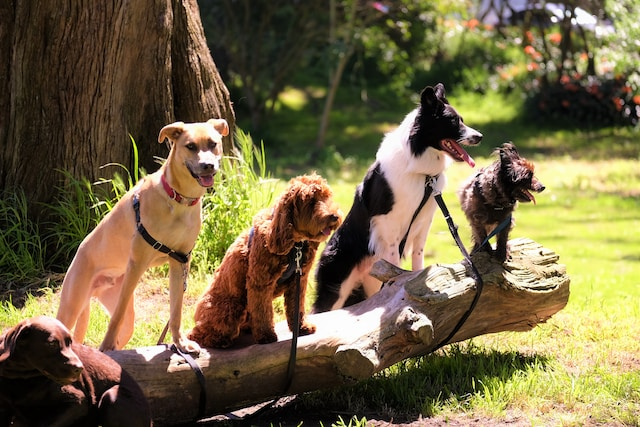
-
Teach Basic Commands: Commands like "sit," "stay," "come," and "leave it" are essential for managing your dog's behavior and ensuring their safety.
-
Exercise: Ensure your pets get enough physical and mental exercise.
-
Seek Professional Help: If you're struggling to manage your dog's behavior, consult a professional dog trainer or behaviorist for personalized guidance.
-
Use Tools Appropriately: Tools like harnesses, collars, and leashes can aid in training, but they should be used correctly and humanely.
FAQs
Are there any risks associated with using behavior modification tools?
Incorrect use of these tools can cause physical harm or psychological stress to your dog. It's crucial to follow usage guidelines and seek professional advice if needed.
Are behavior modification tools safe for all dogs?
Most tools, when used correctly, are safe. However, it's important to choose tools that are appropriate for your dog's size, breed, and behavior. Consulting a professional trainer or veterinarian can help ensure safety.
Can behavior modification tools replace training?
No, these tools are meant to aid in training, not replace it. Consistent training and reinforcement are necessary for lasting behavioral change.
Do anti-bark collars really work?
Anti-bark collars can reduce barking in some dogs but are not a universal solution. It's important to understand why your dog is barking and address the underlying cause. These collars should be used cautiously and as a last resort.
Can I use these tools on puppies?
Yes, but with special consideration to their age and size. Puppies are more sensitive, so gentle, positive reinforcement methods are recommended. Avoid using harsh or punitive tools.
How long does it take to see results with these tools?
It varies depending on the dog, the behavior being modified, and the consistency of the training. Some dogs may show improvement quickly, while others may take longer.

Get The Right Dog Behavior Modification Tools At Puppy Fever Pro
In order to help your furry friends learn new behaviors and forget their unwanted issues, the right dog behavior modification tools are heaven-sent.
At Puppy Fever Pro, we understand choosing the right dog behavior modification tools is a critical step in fostering a healthy, happy relationship with your beloved pets. Whether you're dealing with a playful puppy or a mature dog needing a bit of behavioral guidance, we provide a wide range of high-quality tools tailored to meet your specific needs. Browse through our dog products and puppy starter kits today!
For more dog owner tips and tricks, visit our blogs.
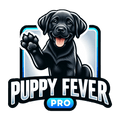

Leave a comment